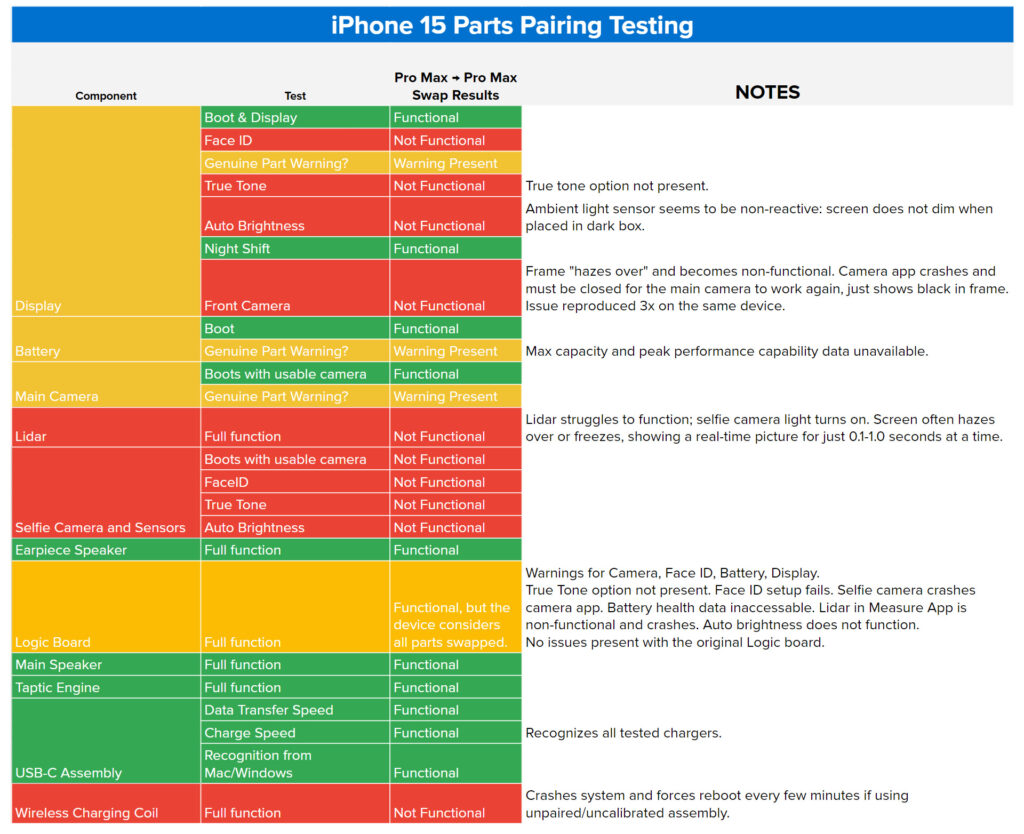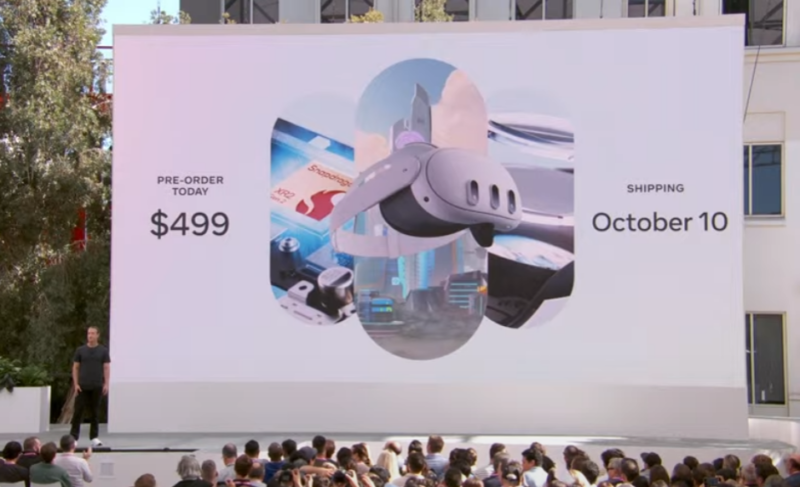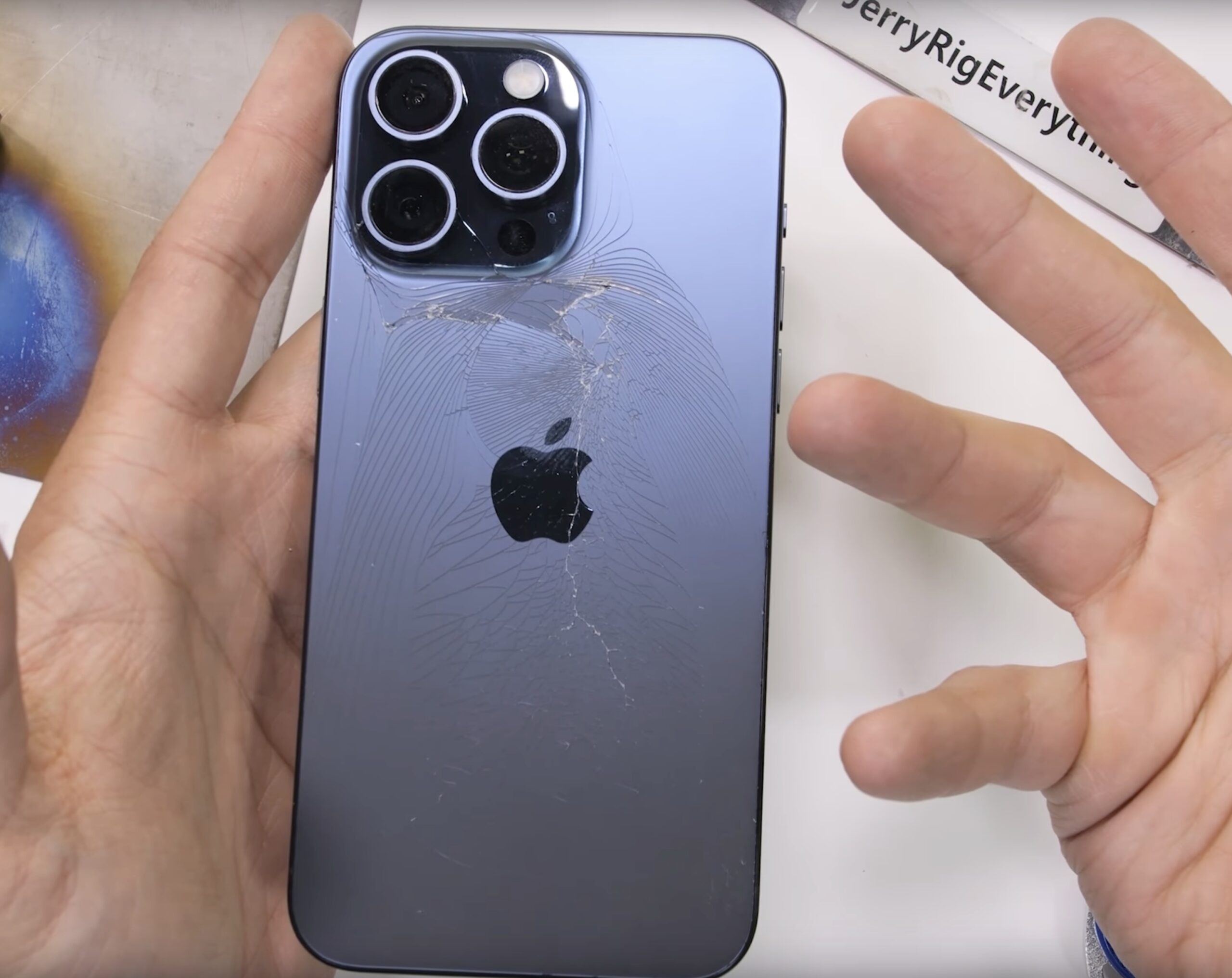All of my opinions are italicized and sources are in blue.
Just like last year with the 14, both the 15 and 15 Pro can be opened from the front or the back. This alone would have increased iFixit’s repairability score, but repair limitations from parts pairing brought back down to a 4/10 Provisional, just like last year. The score is provisional because iFixit is awarding some credit for anticipated service manual availability and selling repair parts. Apple doesn’t have either of these live at the moment, but they expect them soon.
Unfortunately, swapping the front camera between two of their 15 Pro Max units results in complete failure. The cameras simply did not work. When they first encountered this problem last year, where the part was paired to its original device, iFixit assumed that it was a bug that would be quickly fixed. Our trust was clearly misplaced. To effectively repair these models, you have to procure parts within Apple’s sphere and validate the repairs. Without calibration, the parts either don’t work at all, or have compromised functionality and incessant warnings.

Parts pairing in these models extends beyond mere mechanical compatibility, requiring authentication and pairing through Apple’s System Configuration tool, further limiting genuine replacements to Apple-blessed ones and substantially impacting independent repair enterprises and the overarching issue of e-waste.
This is not confined to iPhones; we’ve witnessed analogous situations with MacBooks and iPads where the stranglehold on repairability is tightening, restricting the remit of repairs to Apple or forcing compromises on independent repairs. The slew of software hindrances significantly overshadow any mechanical advancements in design.
JerryRigEverything found in his durability test that the iPhone 15 Pro Max back glass breaks when pressure is applied. This was unlike anything he had seen before. Usually the back glass is impossible to break with just your fingers, especially on iPhones. This could be caused by the hold found in the iPhone’s midframe.
On the titanium 15 Pro, the side rails coating scratch extremely easily. This reveals the natural titanium underneath the coating. If you are still going to buy an iPhone, despite all of their repairability flaws, only buy the natural titanium color.
Taken from the FTC’s press release,
The Federal Trade Commission and 17 state attorneys general today sued Amazon.com, Inc. alleging that the online retail and technology company is a monopolist that uses a set of interlocking anticompetitive and unfair strategies to illegally maintain its monopoly power. The FTC and its state partners say Amazon’s actions allow it to stop rivals and sellers from lowering prices, degrade quality for shoppers, overcharge sellers, stifle innovation, and prevent rivals from fairly competing against Amazon.
The complaint alleges that Amazon violates the law not because it is big, but because it engages in a course of exclusionary conduct that prevents current competitors from growing and new competitors from emerging. By stifling competition on price, product selection, quality, and by preventing its current or future rivals from attracting a critical mass of shoppers and sellers, Amazon ensures that no current or future rival can threaten its dominance. Amazon’s far-reaching schemes impact hundreds of billions of dollars in retail sales every year, touch hundreds of thousands of products sold by businesses big and small and affect over a hundred million shoppers.
These tactics include:
- Anti-discounting measures that punish sellers and deter other online retailers from offering prices lower than Amazon, keeping prices higher for products across the internet. For example, if Amazon discovers that a seller is offering lower-priced goods elsewhere, Amazon can bury discounting sellers so far down in Amazon’s search results that they become effectively invisible.
- Conditioning sellers’ ability to obtain “Prime” eligibility for their products—a virtual necessity for doing business on Amazon—on sellers using Amazon’s costly fulfillment service, which has made it substantially more expensive for sellers on Amazon to also offer their products on other platforms. This unlawful coercion has in turn limited competitors’ ability to effectively compete against Amazon.
Federal Communications Commission Chairwoman Jessica Rosenworcel today announced plans to restore net neutrality rules similar to those that were adopted during the Obama era and then repealed by the FCC when Donald Trump was president.
Rosenworcel announced her plans in a speech today, one day after the FCC gained a 3-2 Democratic majority with the swearing-in of Commissioner Anna Gomez. The FCC previously operated with a 2-2 partisan deadlock because the US Senate never voted on whether to confirm President Biden’s first nominee, Gigi Sohn.
The net neutrality rules would prohibit Internet service providers from blocking or throttling lawful Internet traffic and from selling “fast lanes” that prioritize some traffic over others in exchange for payment. Similar to the previous rules, FCC officials said they don’t plan to impose rate regulation or “unbundling” requirements that would force broadband providers to share networks with other companies.
In a fact sheet, the FCC said the proposal would “establish basic rules for Internet Service Providers that prevent them from blocking legal content, throttling your speeds, and creating fast lanes that favor those who can pay for access.”

The new headset upgrades the Snapdragon XR2 line powering previous Quest headsets to a “Gen 2” chipset, according to specs posted online. That means double the processing power and 30 percent more total resolution than Quest 2 (2064×2208 pixels per eye; 25 pixels per degree). The Quest 3 also sports 8GB of RAM, up from the 6GB of the Quest 2 but down from the 12GB on the Quest Pro.
Two trackable “Touch Plus” controllers included with the headset mimic the ring-free design of Quest Pro controllers. Meta promises anywhere from 1.5 hours of battery life when using “productivity” applications and up to 2.9 hours when simply viewing passive media
While immersive virtual reality content is still a focus for the Quest 3, Meta CEO Mark Zuckerberg went out of his way to stress that this will be “the first mainstream mixed reality headset,” allowing you to “blend the physical and digital worlds together.” That’s thanks to hand-tracking that’s getting “really good”—enabled by four outward-facing infrared cameras—and an automatically mapped view of the room around through two high-resolution (18 pixel-per-degree), full-color passthrough cameras and a depth sensor.
By next year, Meta says it will also offer a series of what it calls “Augments” that you can anchor in place to decorate your virtual spaces. These could range from a video picture frame that hangs on a wall to a digital portal that hangs next to your real-world workout gear.
Instead of looking at this product as a $200 increase from last gen, Zuckerburg would rather you see it as $3000 less than the Apple Vision Pro.
For the AI developments, Meat said it is launching its own “Meta AI” chat assistant and a selection of AI characters across its messaging platforms, including WhatsApp, Instagram, and Messenger.
Meta’s new AI assistant will likely feel familiar to anyone who has used chatbots like ChatGPT or Claude. It is designed as a general-purpose chatbot that Meta says can help with planning trips, answering questions, and generating images from text prompts. The assistant will also integrate real-time results from Microsoft’s Bing search engine, giving it access to current information—similar to Bing Chat, ChatGPT’s browsing plugin, and Google Bard.
In addition to the general assistant, Meta is rolling out 28 AI-powered characters across its messaging platforms, including many played by celebrities, such as Tom Brady (who plays “Bru,” a sports fanatic), Kendall Jenner (who plays “Billie,” the “big sis”), and Snoop Dogg (who is a “dungeon master” with gaming advice).
To ensure that these celebrity AI characters don’t go into Tay territory and spout embarrassing or harmful phrases, the company says it spent 6,000 hours in red teaming exercises to identify and address potential problematic uses of its assistants. This process included generating thousands of internal conversations to refine the assistant’s behavior and responses.


